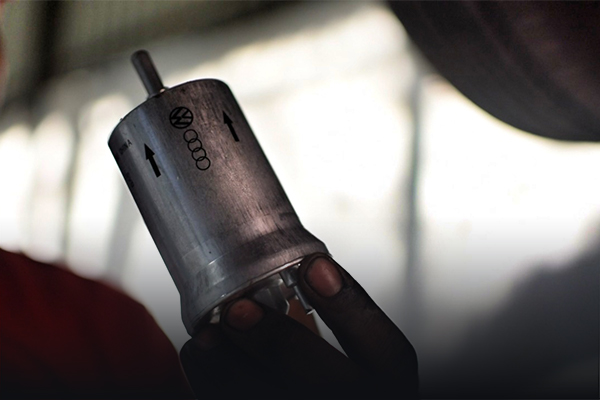While we may not notice this in our daily lives, vehicles are sophisticated machines that run with the synergy of various crucial components. One such component is the fuel filter. So here’s everything you need to know about it:
What is a Fuel Filter?
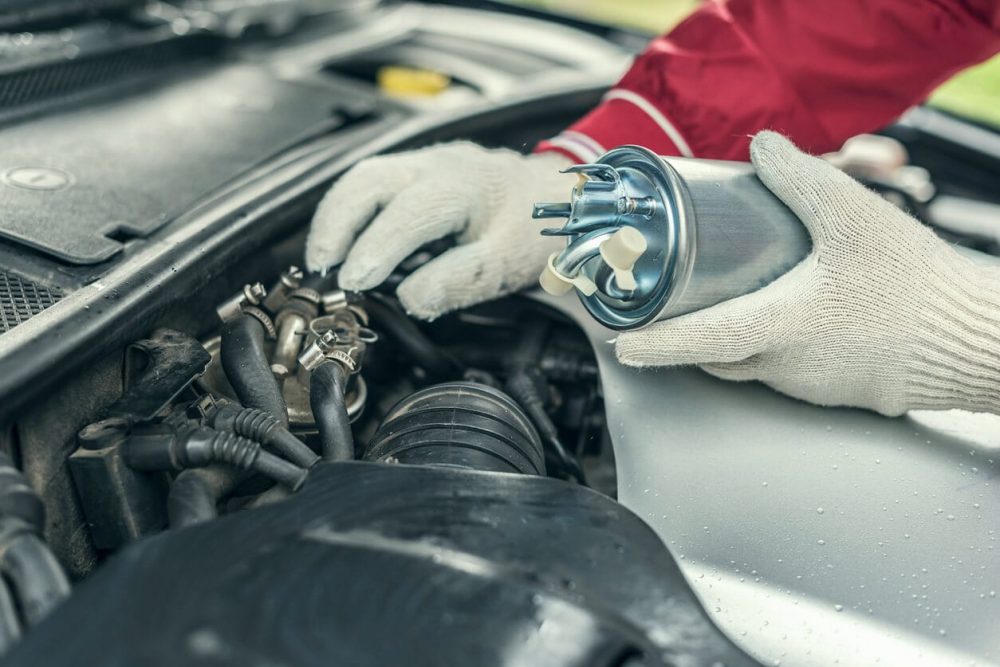
First things first, a fuel filter is a simple yet important device that forms an integral part of your vehicle’s fuel system. The main purpose of the component is to sieve out contaminants and impurities such as debris, dirt, and other particulate matter that can negatively affect your engine performance. The component cleans up the fuel that enters the filter via the fuel tank and lets only clean fuel pass through it so that your engine uses clean and filtered fuel at all times.
Fuel Filters have been an integral part of the IC engine since the beginning of their development. While early on the components were simple and less sophisticated, with the advent of technologies such as direct injection, fuel filters have now become high-strength and sophisticated.
Also Read: The Different Types Of Important Car Filters Explained
Where is it located?
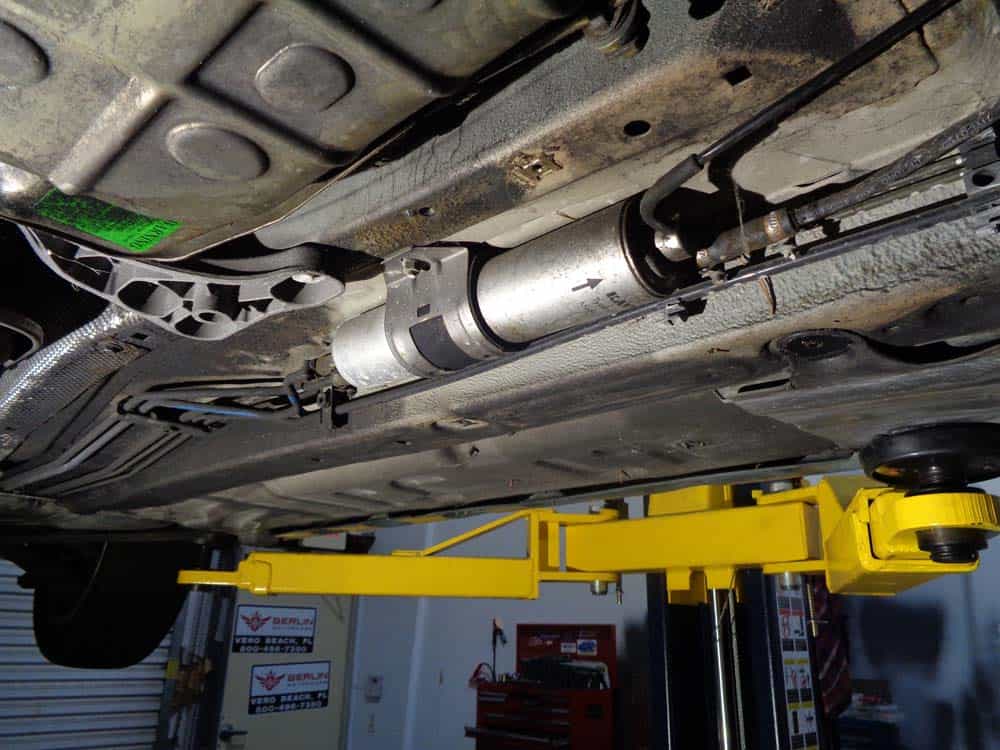
Since the primary job of the component is to sieve out the fuel that is fed into the engine, they are typically located anywhere between the fuel pump and the engine. Most modern-day vehicles have the component located either in the fuel tank or integrated within the fuel pump assemblies.
For older vehicles, the component can be located under the body, connected to the main fuel line. Some vehicles can even have it located in the engine bay. The overall location of the component depends upon your vehicle’s make, model, manufacturing year, fuel type, etc.
Checkout: Is Your Car Consuming More Fuel Than Usual? This Is Why!
How does a Fuel Filter work?
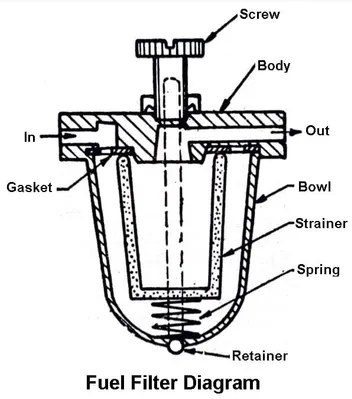
The structure of a typical filter comprises of cylindrical filter medial housed inside a metal shell. The medial is made up of high-grade cellulose fibres or even polyester. The metal shell casing also has an inlet and outlet opening.
The fuel from the main pump enters the component via the inlet at high pressure. This causes the fuel to push through the porous media at high pressure. When this happens, the pores on the media filters out impurities in the fuel while the rest of it flows through it and exits the component via the outlet opening.
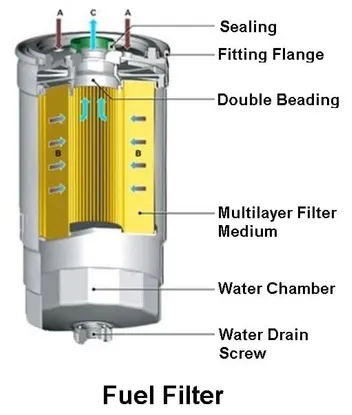
Some filters, especially those of diesel engines are equipped with a mechanism to remove any water that may be present in the fuel. Therefore, diesel filters typically contain a bowl at the bottom where the water that gets separated from the fuel collects. A drain valve allows the collected water to be drained out as and when the need arises, which is intimated to the driver via the water sensor.
The Bottom Line
While it may seem like a simple component, the functioning of the filter is supremely essential to a healthy and well-functioning engine. Without it, problems such as engine wear, blocking of injectors, reduction in engine performance, corrosion, etc. might crop up leading to a chain reaction of different failures.
But now that you know the importance of component makes sure to regularly change your car’s fuel filter. To do that make sure to choose GoMechanic Spares: your one-stop destination for authentic spares.
